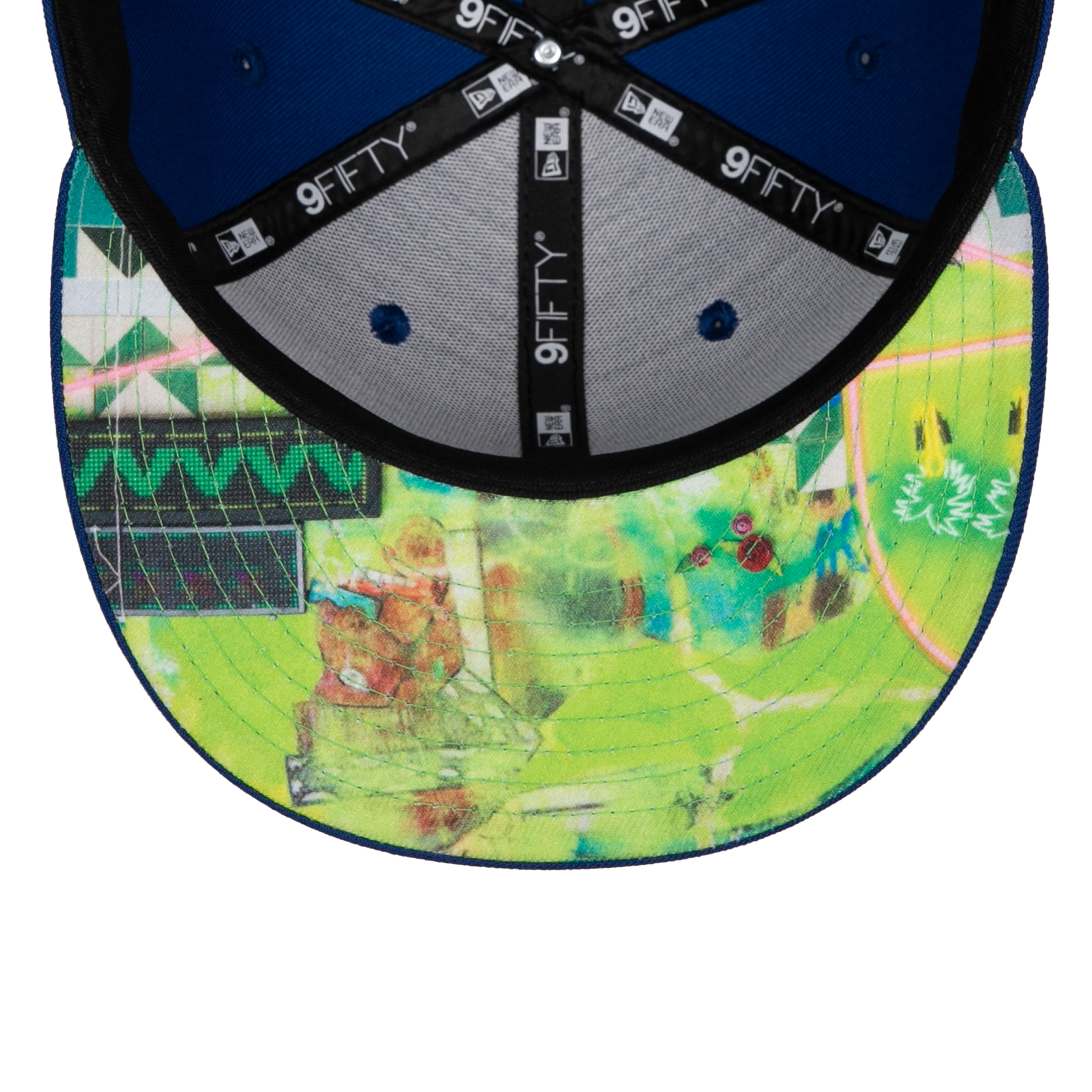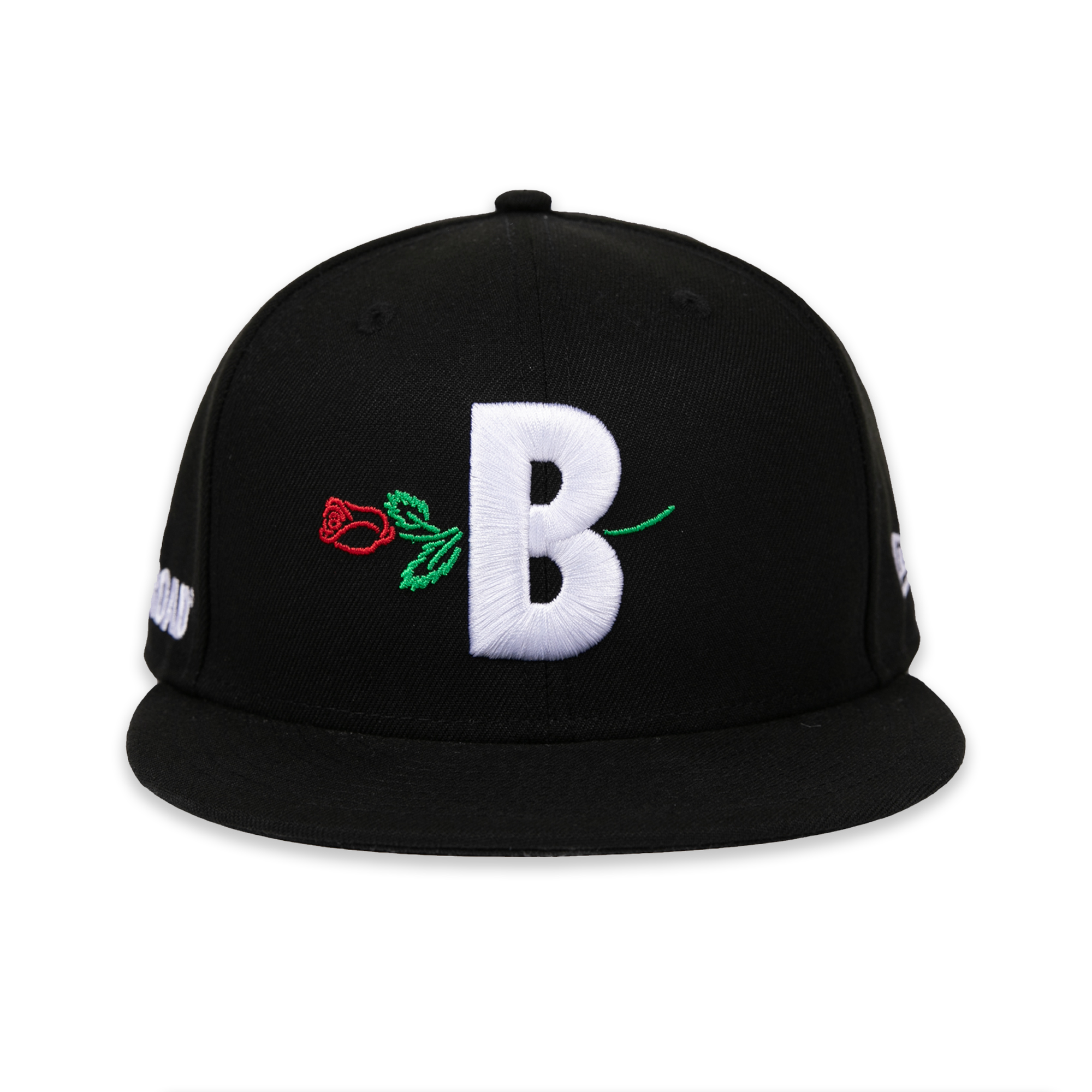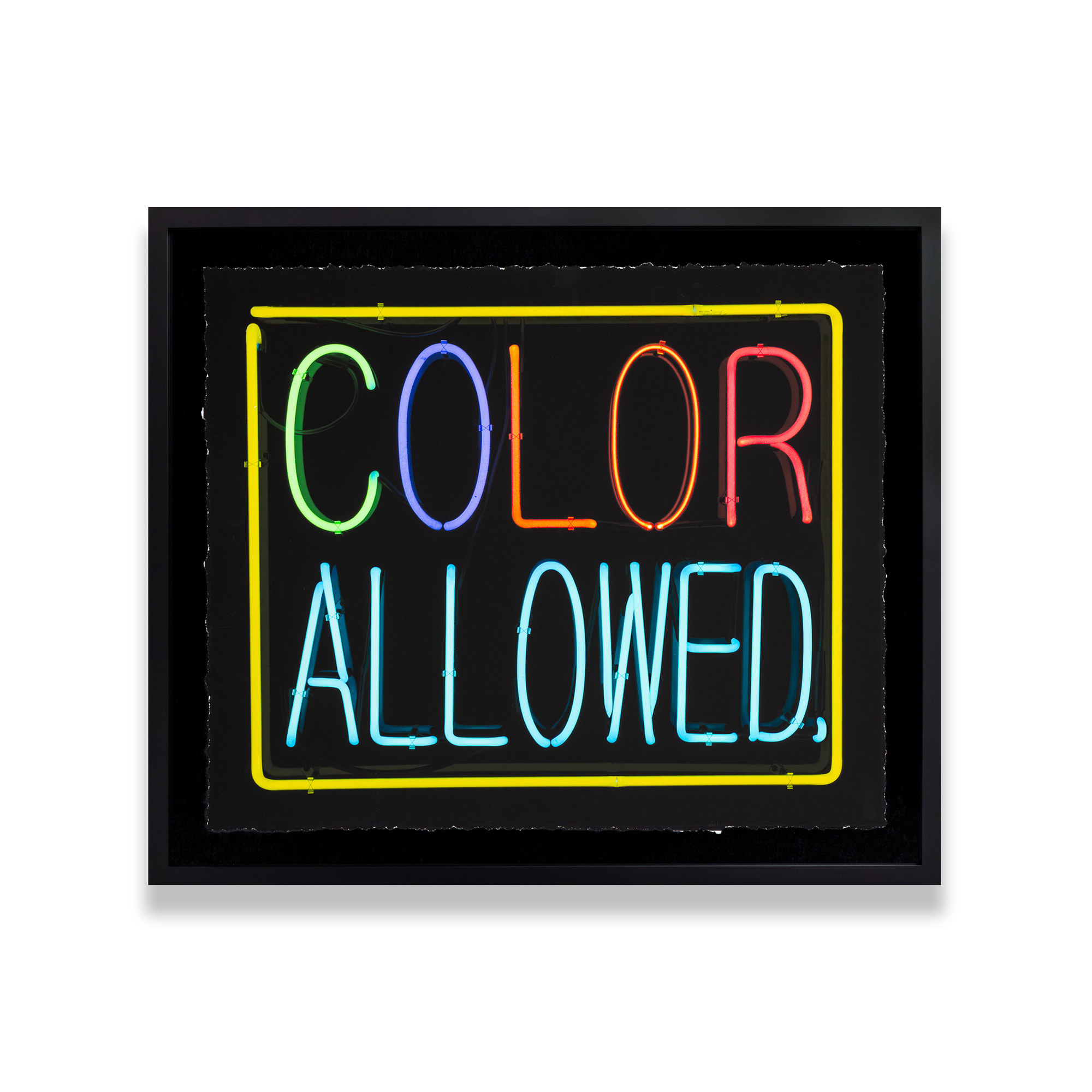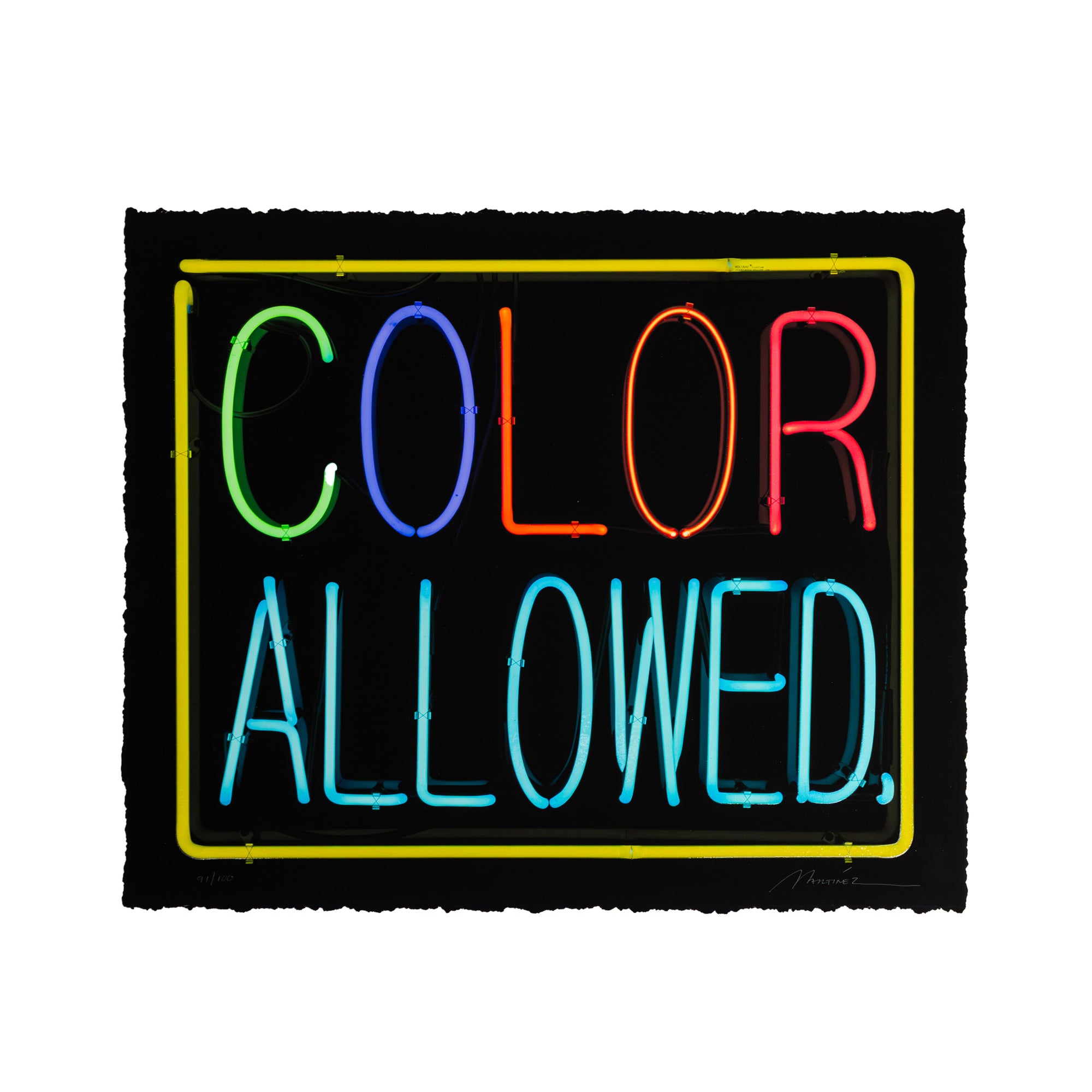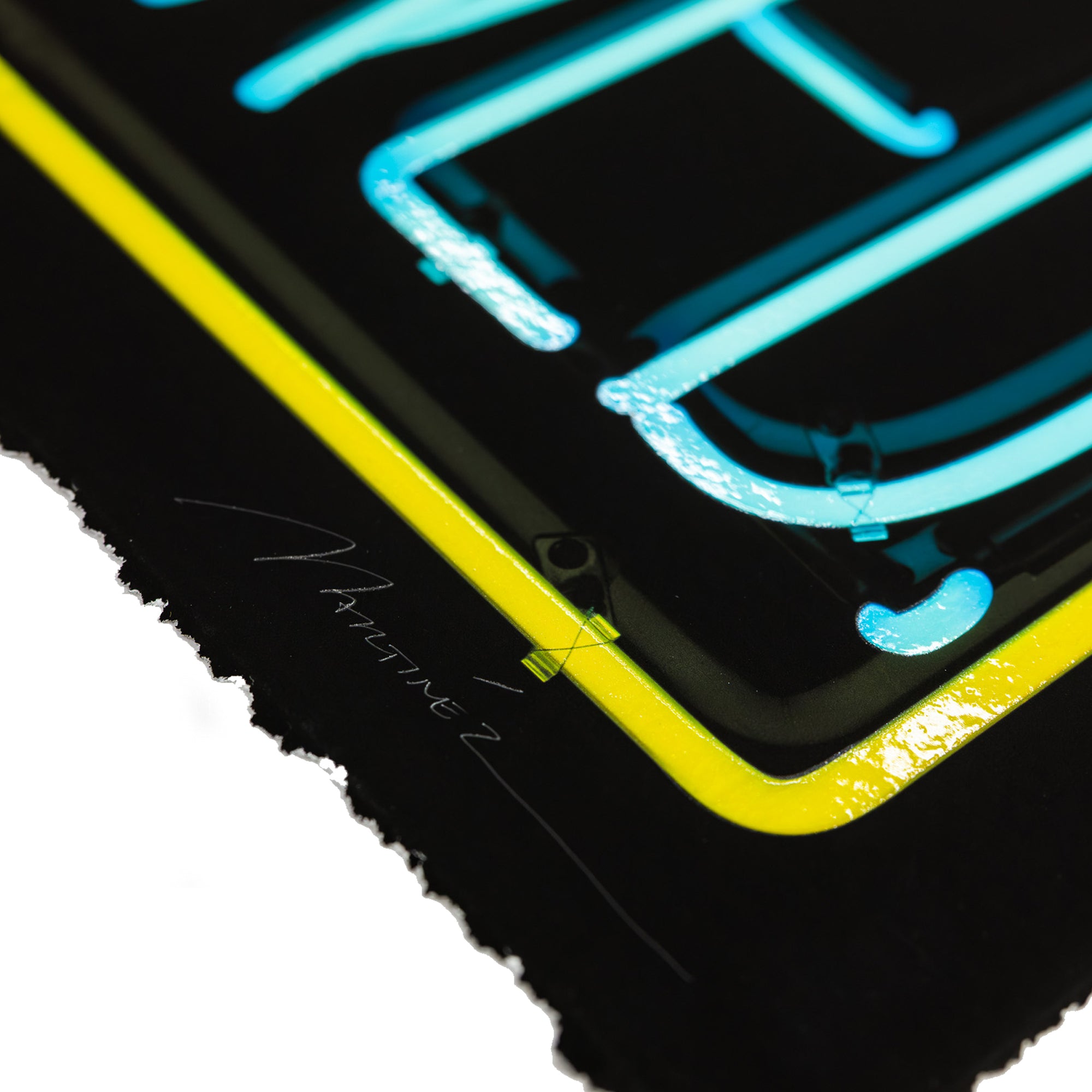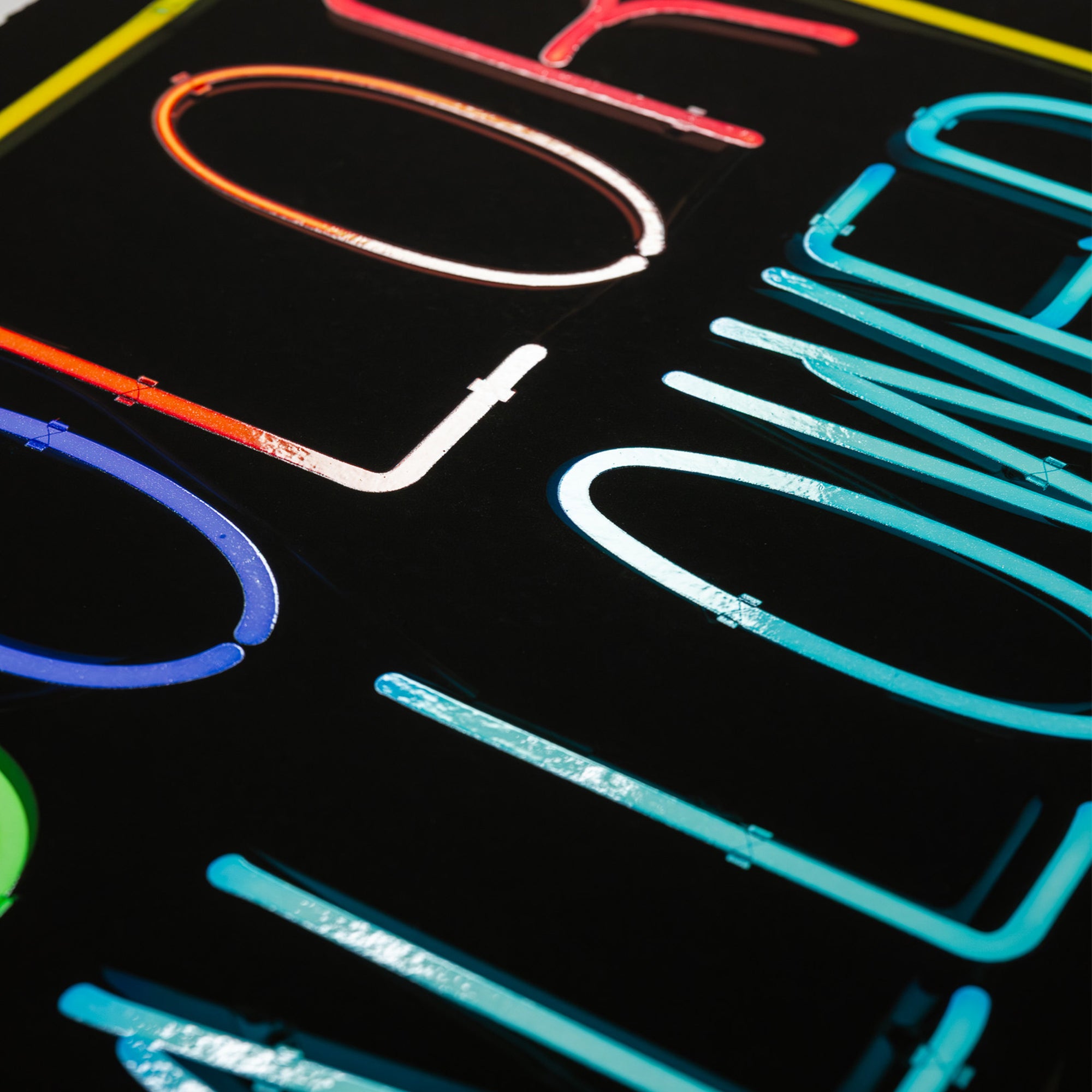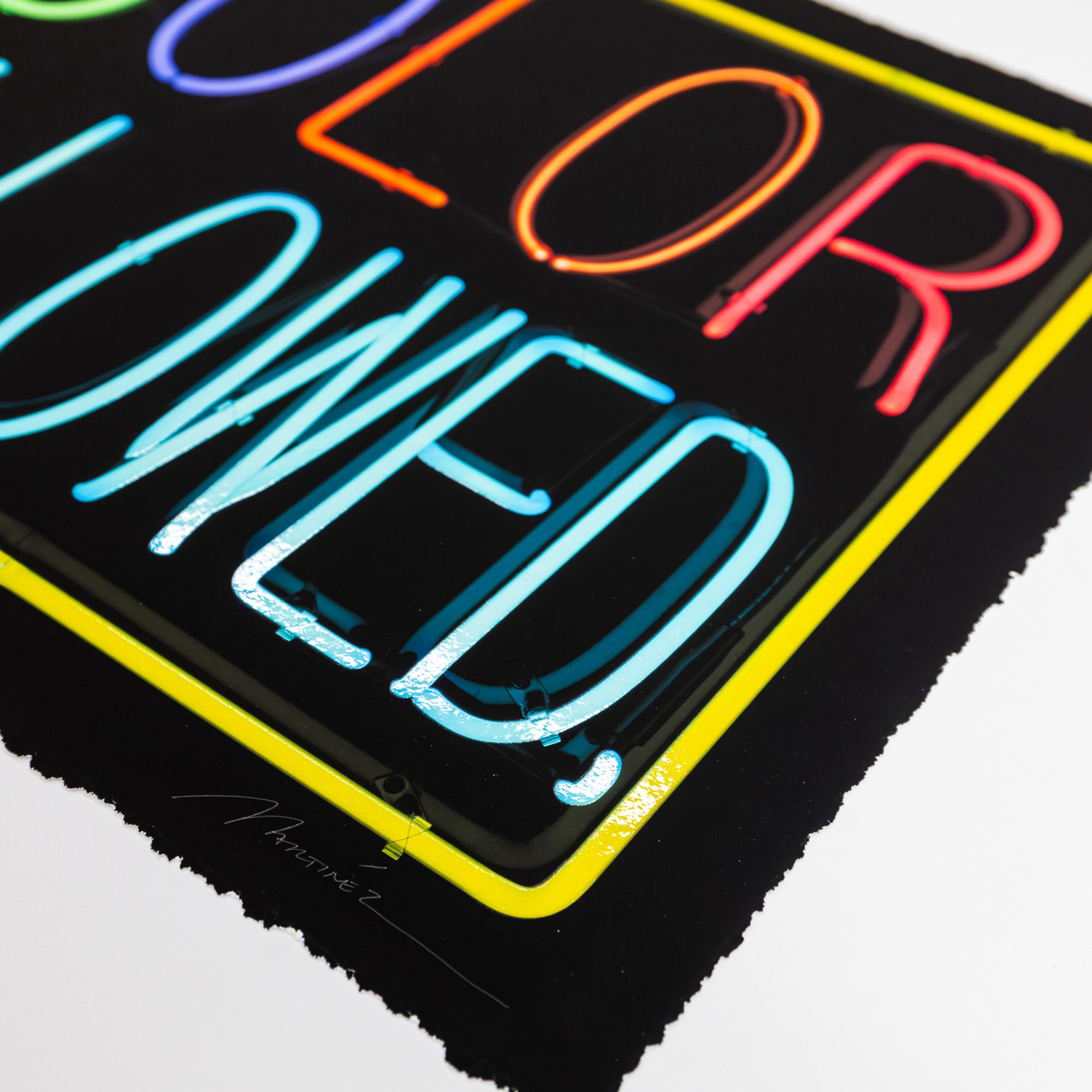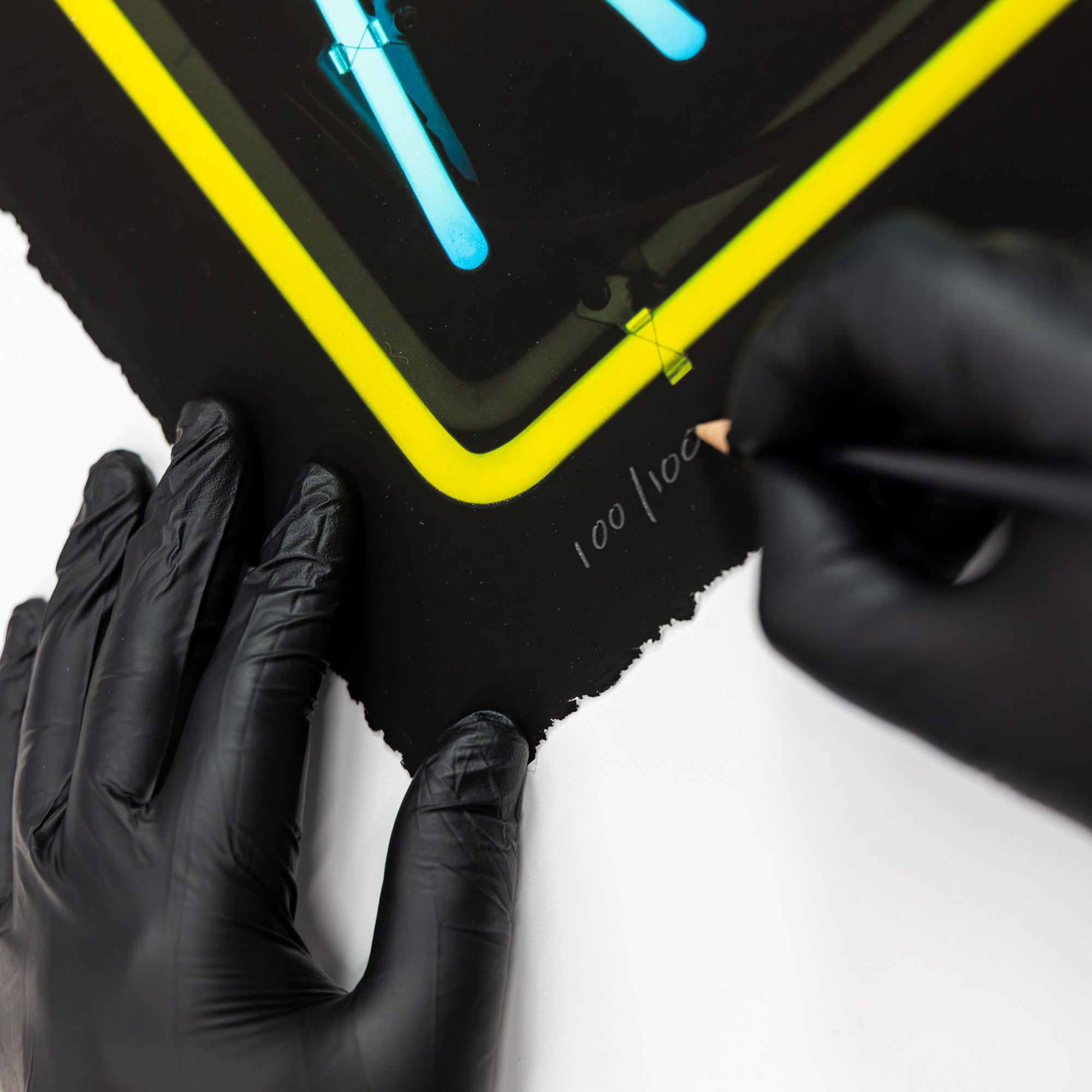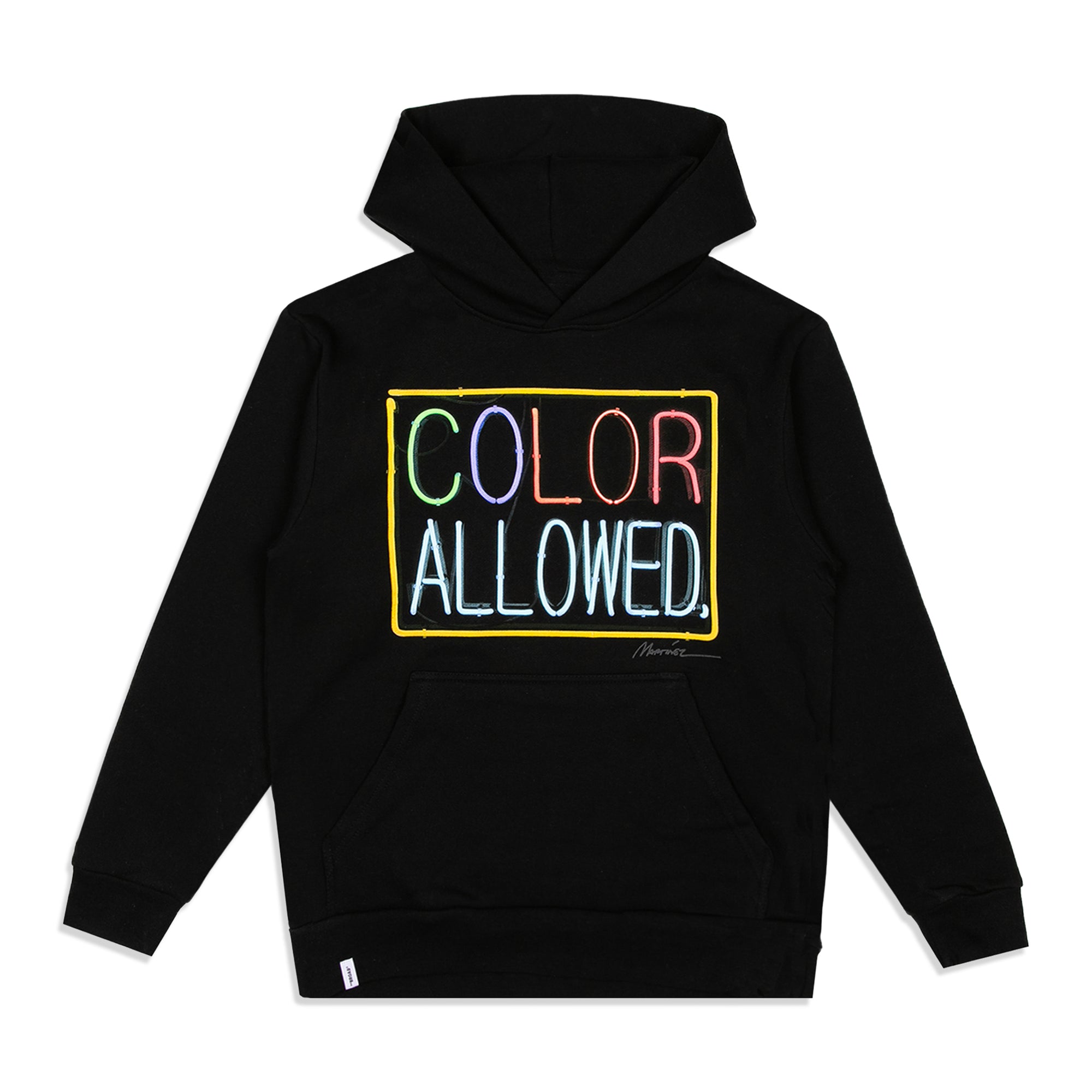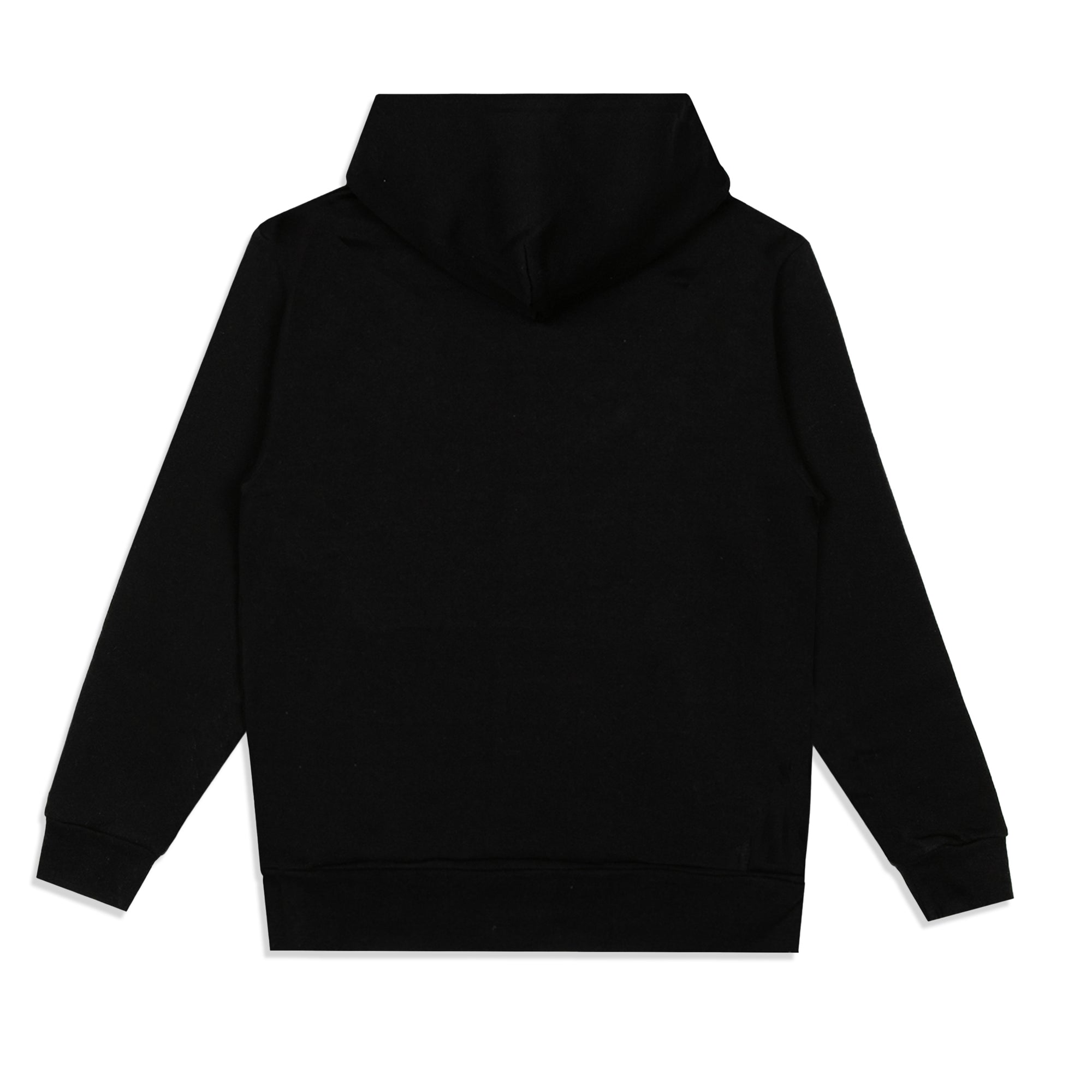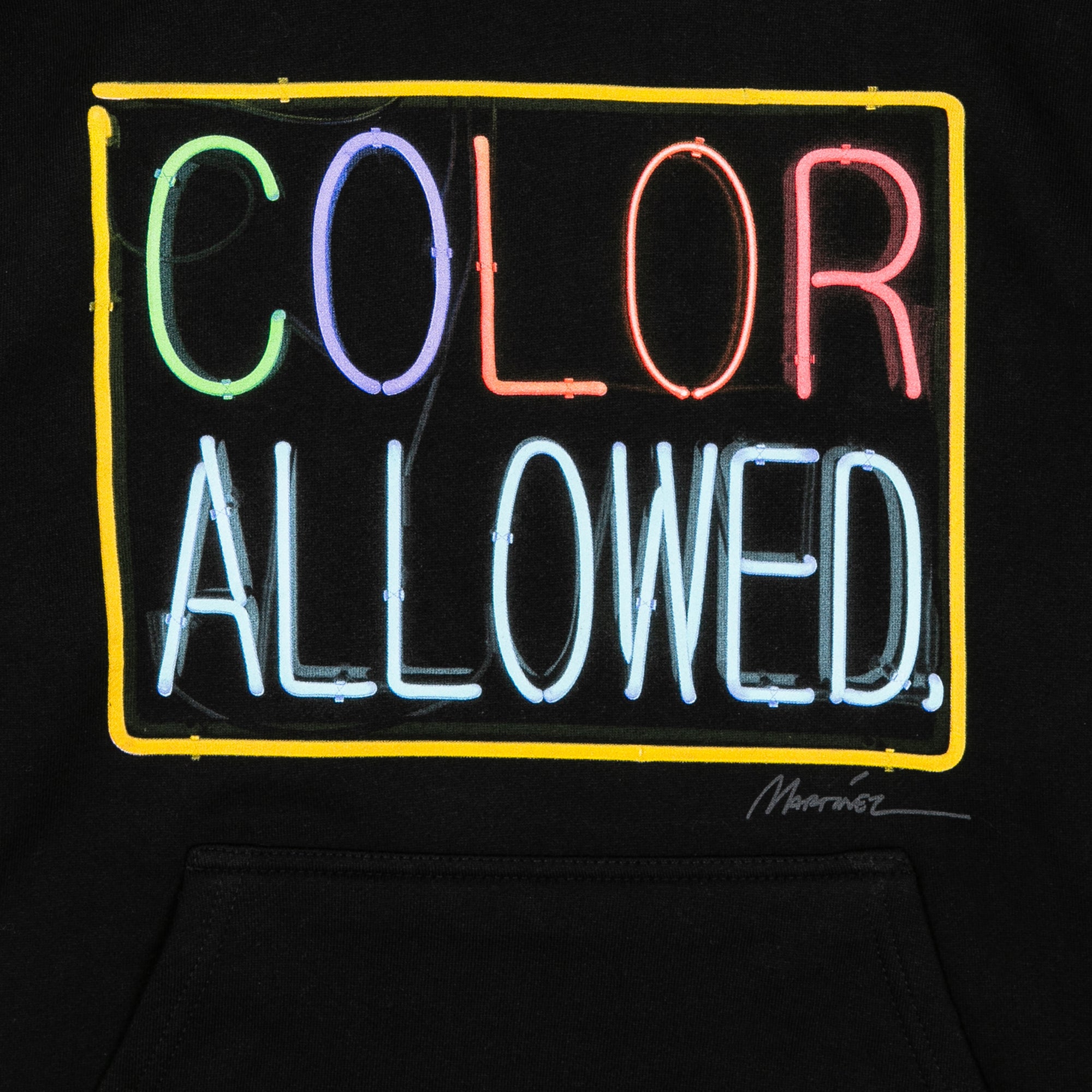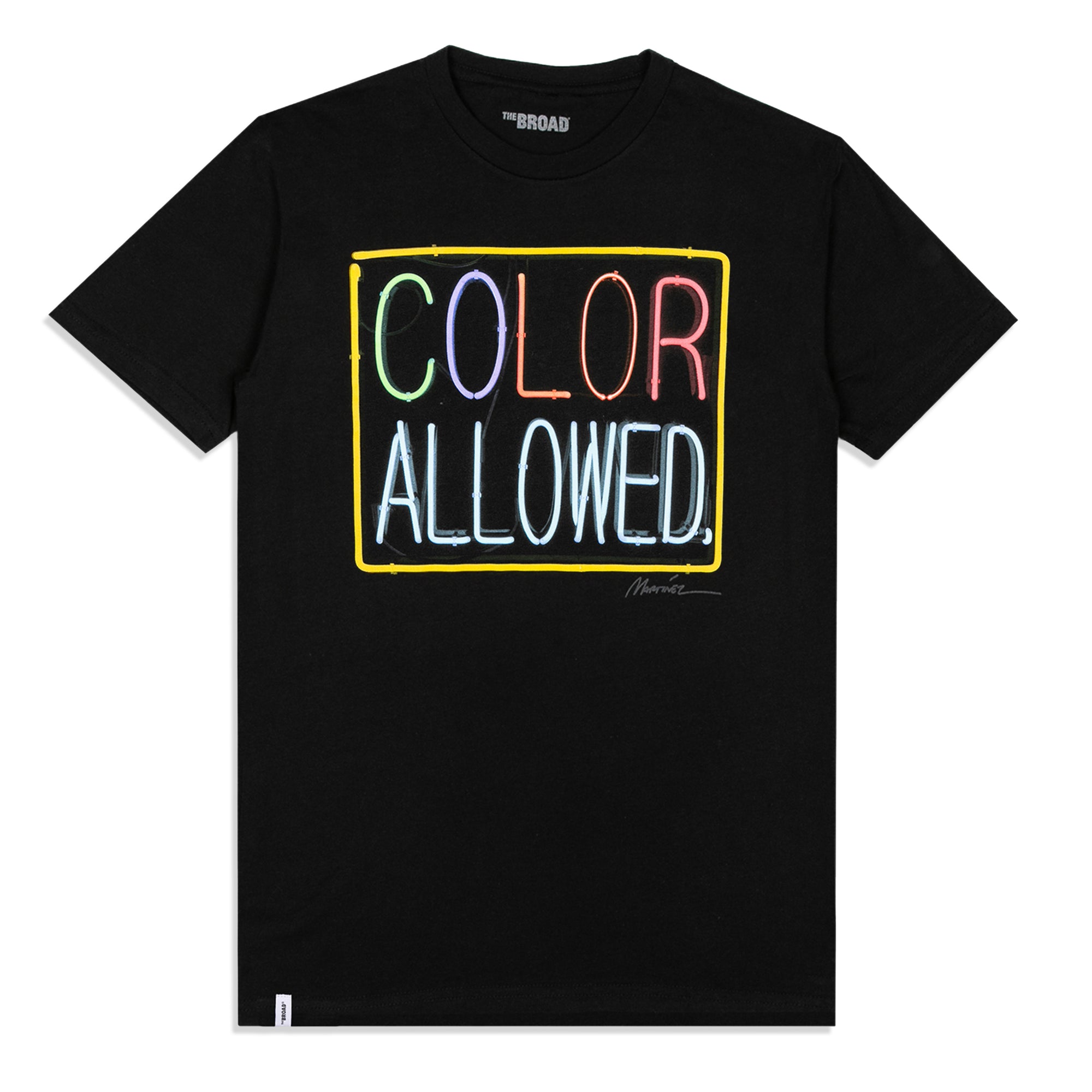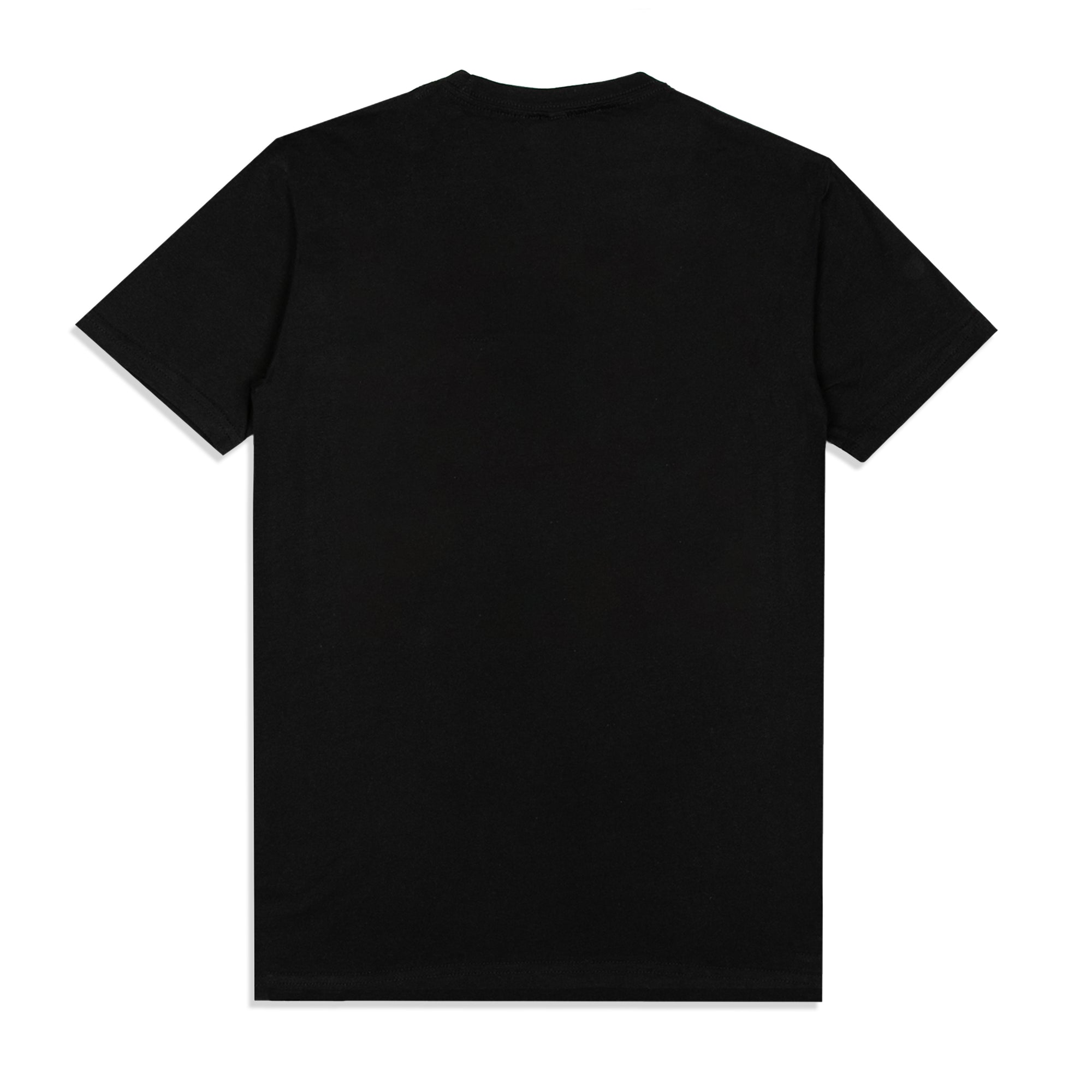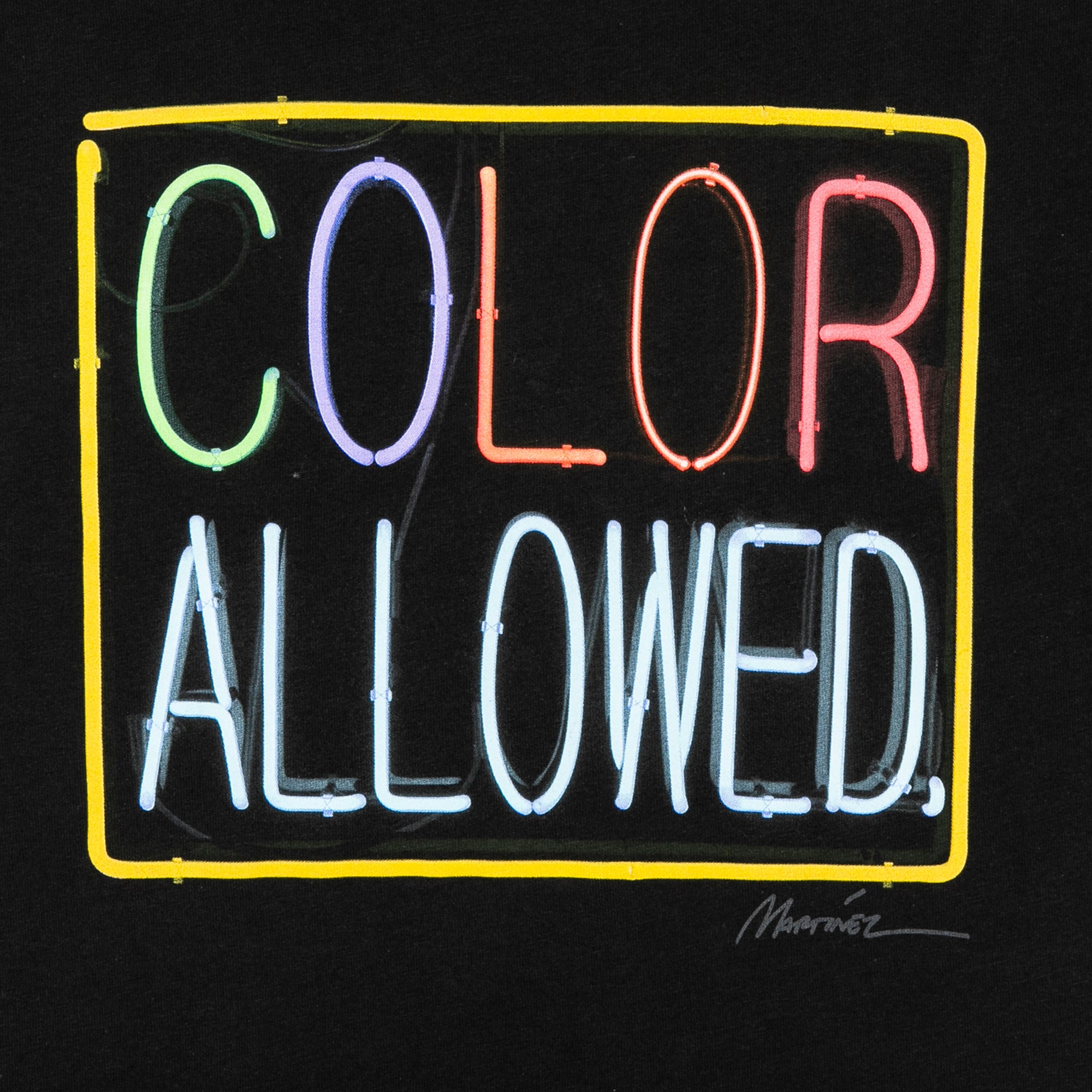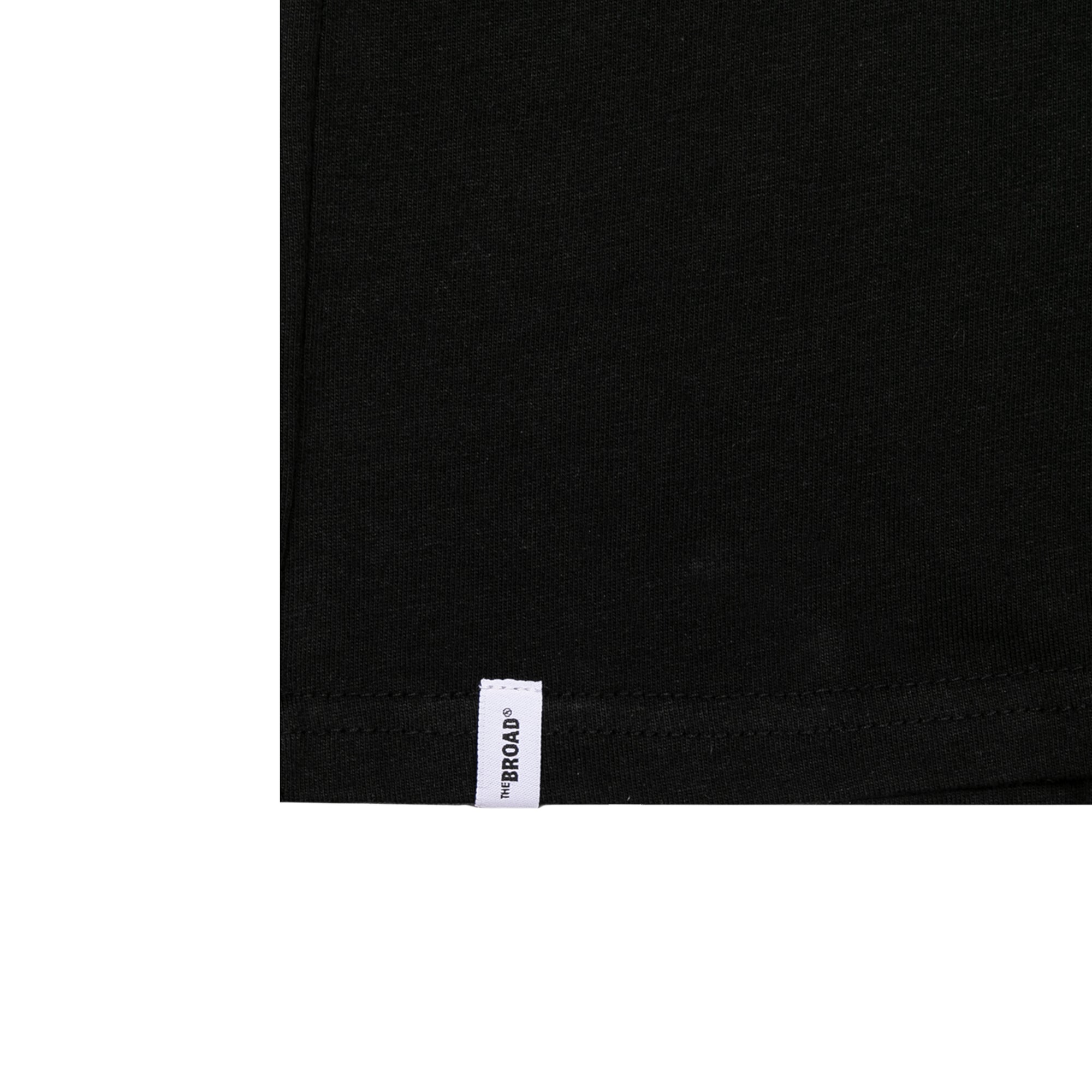
A CONVERSATION WITH PATRICK MARTINEZ
The City is His Studio
Patrick Martinez turns the city into both subject and medium. Rooted in his early experiences with graffiti, his work blends personal history with broader themes of race, identity, and social justice. In this interview, Martinez reflects on how his surroundings shape his art, the role of aesthetics in urgent messaging, and why his work aims to document truth rather than persuade—read more below.
Can you expand upon personal experiences that have influenced your work?
PM: Graffiti was my entry point to painting and art when I was 11 years old. It opened me up to different approaches when it came to making art. Using spray paint that we got from the hardware store to paint on concrete walls that belonged to the city was already breaking the rules in more ways than one. Graffiti taught me to pay attention to my surroundings as well as the discipline and focus it takes to make art. This cultural moment has informed much of my art making today and I always point to this time because it was an honest and organic entry point into painting at an early age. Don’t get me wrong—I really enjoyed my elementary school art projects when I was a child. I definitely hold them close. Depending on the time of year, everyone in the class was included in making some kind of drawing, a Mother’s Day present, a Christmas card or a clay sculpture. In contrast, when I went out by myself or with a friend to make graffiti, I understood that it wasn’t just a forced act, making art really satisfied me, so much so that I bet my freedom on it.
How do you balance aesthetic considerations with the urgency of the messages you convey?
PM: With the neon sculptures, I lean on the familiar community aesthetic found here in LA and directly speak to the passerby or the viewer at the museum. It is also important for me to speak directly to the times we are living in. This idea dictates my movements with aesthetic choices and language.
In what ways do you hope your art challenges or reshapes viewers' perceptions of common themes used in your artwork, such as diversity, immigration, and racial justice?
PM: I want the viewer to know that I’m paying attention—not only to the aesthetics and rhythm of the cities across America, but also to what happens in them. I know art can be looked at like it is very superficial and pretentious, especially in these times. With that said, I want to extend my hand to people and invite them to take a look. The neon supports this idea, as the elements are sampled from everyday spaces of the city itself. Art as artifact is the motivation as well. To be honest, I don’t really think I will reshape anyone’s politics or point of view. I would like to record history that will inevitably be pushed back on and contested.
How do you approach translating complex social issues into visual art?
PM: I think it’s about reflecting the times, as well as aligning with compassion, truth, evidence and love. I believe all these things intersect and cannot be compartmentalized. Once you are able to receive all of this, then the work comes.
What message or feeling do you hope viewers take away after engaging with your art?
PM: I want the viewers to experience their surroundings with heightened awareness, walk away with a fresh perspective, and see themselves in the work—especially the communities I aim to represent.


